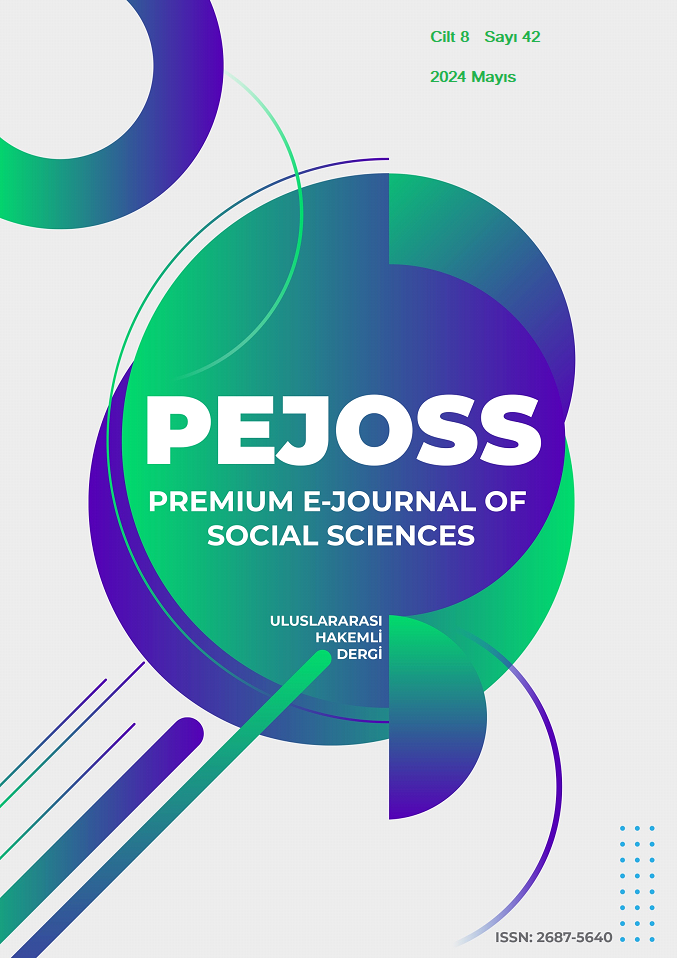Application of Different Types of Palladium Nanocatalists in Ethanol Fuel Cells
DOI:
https://doi.org/10.5281/zenodo.11435092Keywords:
Palladium Alloy Catalyst, Ethanol Fuel Cell, Cyclic VoltammetryAbstract
Catalysts are most suitable for fuel cells, platinum-based metals (Pt, Pd, etc.) to increase their electrocatalytic activity, they are often prepared in the form of nano-sized particles, and their electrocatalytic ability increases greatly due to the increase in the total surface area. However, currently, fuel cells mainly use platinum as a catalyst, which can create high power generation efficiency, but its cost is relatively high, and the intermediate is also very susceptible to CO poisoning. Therefore, we can use lower priced palladium with an alloy that increases the reaction rate of gold to improve the problems we face today.
In the study, the relationship between different ratios of surfactants and the characteristics of the form, shape and structure of (palladium-gold) nanocatolyst crystals was investigated. Additionally, the best combination ratio and electrochemical reaction and stability of different ethanol oxidation in the specific form of (Palladium-gold) nanocatalyst were investigated.
With the use of different ratios of CTAB and CTAC surfactants, the metal ion reduction potential will change, and the difference in the electron transfer rate between metals may result in different Pd/Au alloy or core-shell structures. CTAC = 9:1 mainly consists of alloy structure, with the increase of CTAC ratio, the structure gradually tends to the core-shell structure, and the core-shell structure produced by CTAB:CTAC = 1:3 is relatively complete.
It is estimated that the active surface area is about -0.2V ~ -0.1 V, and the active surface area is about 0.02 ~ 0.42 cm2.
Long-term stability testing shows that adding AuPd = 1:1 core-shell structure of Au increases the catalytic activity of the electrode by approximately 3.8 times.
The significance of this research can be applied to other synthetic methods as pioneers of the future.
Downloads
References
Çakmak, R., Topal, G., & Çakmak, M. (2012). Kimya Öğretiminde Yeni Bir Kavram: Yeşil Kimya. The Journal Of Academic Social Science Studies, 5(8), 359-371.
Erol, G, H. & Gezer, K. (2006). Sınıf Öğretmenliği Öğretmen Adaylarına Çevreye ve Çevre Sorunlarına Yönelik Tutumları, International Journal Of Environmental And Science Education, 1 (1), 65 – 77.
Soran, H., Morgil, F. İ., Yücel, S., Atav, E., & Işık, S. (2000). Biyoloji öğrencilerinin çevre konularına olan ilgilerinin araştırılması ve kimya öğrencileri ile karşılaştırılması. Hacettepe Üniversitesi Eğitim Fakültesi Dergisi, 18(18),128-139.
Türküm, A. S. (1998). Çağdaş toplumda çevre sorunları ve çevre bilinci. Çağdaş Yaşam Çağdaş İnsan. Anadolu Üniversitesi Açık Öğretim Fakültesi İlköğretim Öğretmenliği Lisans Tamamlama Programı, Eskişehir, 165, 181.
Yücel, A. S. (2008). A new motto in environmental protection: Green chemistry. Eurasian Journal of Educational Researc
Downloads
Published
How to Cite
Issue
Section
License
Copyright (c) 2024 Premium e-Journal of Social Science (PEJOSS)

This work is licensed under a Creative Commons Attribution 4.0 International License.


